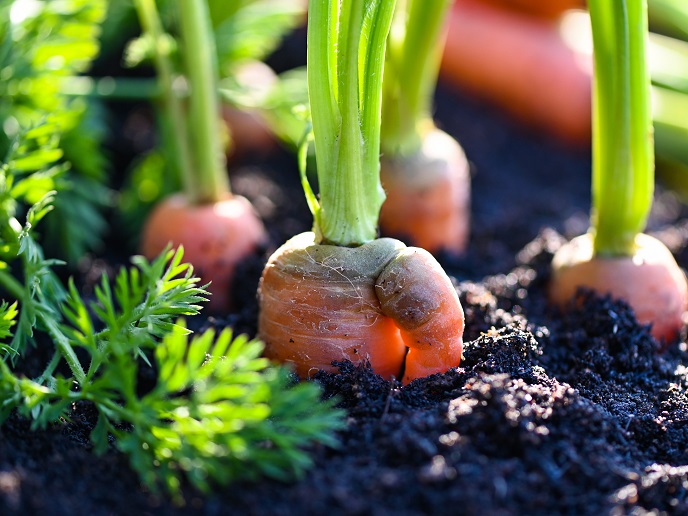Creating more productive soils with fewer fertilisers
The use of chemical fertilisers, providing crops with the nutrients they need to grow, is synonymous with modern farming. Unfortunately, many of our crops – and farmers – have become overly dependent on their use. This overuse has resulted in soil contamination, in some cases making it nearly impossible to grow crops without the use of environmentally harmful fertilisers. “The challenge is to find solutions that allow farmers to increase yields while reducing the use of fertilisers,” says Lionel Dupuy, a researcher at Neiker, a research centre focused on improving the Basque agro-livestock and forestry sector. For Dupuy and the Neiker team, the answer wasn’t to create a better fertiliser, but rather a healthier soil. With the support of the EU-funded SENSOILS (Sensing soil processes for improved crop nitrogen bioavailability) project, that’s exactly what they set out to do.
The dynamics of crop roots and soil microbes
At the heart of the project, which received support from the European Research Council, was an intense study of the dynamics of crop roots and soil microbes. “We focused on rhizosphere, the layer of soil that surrounds plant roots, which is where a lot of biological activity takes place,” explains Dupuy. With a better understanding of how the rhizosphere is formed and how it contributes to nutrients flowing into the roots, researchers hoped to be able to essentially build a better soil. But, as often is the case in research, things don’t always go as planned. “First, the microorganisms we chose to work with ended up being very slow growing, making their genetic transformation very difficult to achieve,” adds Dupuy. “Even working with a more common type of microorganism proved to be more difficult than initially planned.”
Observing changes in the soil’s composition
While these challenges may have forced the project to reduce the overall scope of its research, it also allowed them to focus their efforts on the most promising ideas – ideas that included the ability to perform live microscopy within soil pores. “This ability allows us to observe changes in the soil’s chemical composition, essentially letting us see the rhizosphere in action,” remarks Dupuy. One thing they saw was how bacteria coordinate to migrate as flocks through the soil’s pores. According to Dupuy, this discovery is important as it could open the door to developing solutions that maintain populations of beneficial microbes along the roots, ultimately resulting in the creation of healthier, non-fertiliser-dependent crops.
Artificial soils
With this new insight in hand, the project went on to develop a range of artificial soils that can act as sensors and record chemical changes within the soil. “Our research showed that by inventing artificial soils and using innovative imaging technologies, we can track microbial interactions and their impact on crop roots and the chemical composition of the soil itself,” notes Dupuy. While these outcomes are important, Dupuy says that there’s plenty more work to do. “The SENSOILS project is just the start, and its results will keep our lab busy for the foreseeable future,” he concludes. “But I have no doubt that our work in understanding soil ecosystems will ultimately lead to new solutions that will define a more sustainable and more productive agricultural sector of the future.”
Keywords
SENSOILS, farmers, farming, fertilisers, soil, microbes, crops, rhizosphere

